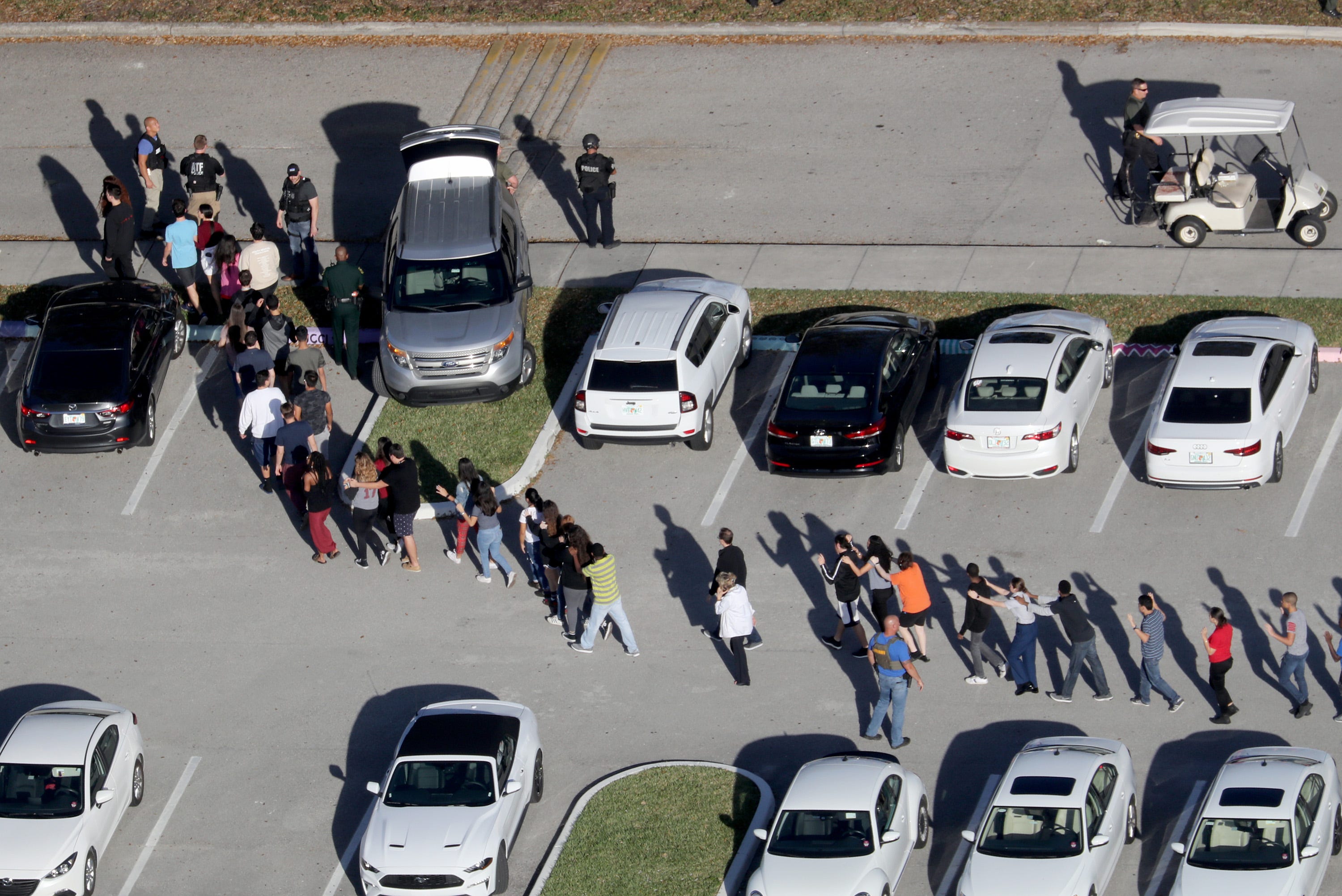OP-ED: The impact of gun violence on children

In 2017, when Tyshaun McPhatter of Washington, D.C., was seven years old, his father was shot and killed. Afterward, Tyshaun struggled with grief and had difficulty concentrating in school. His anger would occasionally ignite in outbursts.
John Woodrow Cox, a reporter for The Washington Post, wrote an article about Tyshaun, which was read by the mother of 8-year-old Ava Olsen of South Carolina. She shared it with her daughter, whose best friend had been shot on her elementary school playground in South Carolina during recess by a 14-year-old former student of the school.
Ava wrote Tyshaun a letter saying that she’d like to be his friend. Soon, these two children — Ava, a white girl from a small southern town, and Tyshaun, a Black boy from a big city neighborhood — began talking on FaceTime. They developed an unlikely, supportive relationship. When she told him that she’d had a hard week, and had been “mad and sad and stuff,” he understood. Gradually, they opened up to each other about their struggles with pain, grief and rage.
Cox’s eye-opening book, "Children Under Fire: An American Crisis," shares vivid stories about children who have witnessed school shootings or lost a loved one to other gun violence, and are left traumatized. They suffer from depression, nightmares, angry outbursts, and have difficulty concentrating. They often need years of therapy and heavy medication.
Like an expert photographer, Cox captures personal stories up close, then zooms out to show the ways they fit into the bigger picture of how gun trauma has affected nearly 250,000 children on K-12 campuses since the 1999 Columbine High massacre.
Between 2010 and 2019, according to the Centers of Disease Control and Prevention, almost 30,000 children and teens were killed with firearms. Gun violence — including gun suicide — is the leading cause of death among Americans under age 20.
But these statistics do not include the many children, like Ava and Tyshaun, who weren’t shot. They aren’t usually recognized as victims of gun violence, even though they are dreadfully harmed.
That is Cox’s point: to help these children, we need therapists, well-trained school counselors, and good mentors as role models.
"Children Under Fire" is a moving and beautifully written account of the lasting effects of school shootings and other gun tragedies on children. It provides an overview of the nearly $3 billion school and student security industry, including its charlatans.
In the book, experts also explain how our nation can prevent these tragedies and help children who are suffering. They say that we need to do a much better job of keeping guns out of the wrong hands.
All gun owners should safely store and lock all their guns. If they don’t, they should be held accountable. We should pass a bill now in the Senate that would require a background check for virtually all gun sales and transfers, including at gun shows and online.
We need more federal funding for research on gun violence and its prevention, and we need to repeal the law that currently grants gun makers and dealers special immunity from most civil lawsuits even if they act irresponsibly in ways that cause death or injury.
— Griffin Dix, Ph.D., is co-chair of the Oakland/Alameda County Brady Chapter. His 15-year-old son, Kenzo, was shot and killed in 1994. This column was produced for The Progressive magazine and distributed by Tribune News Service.